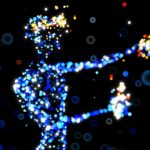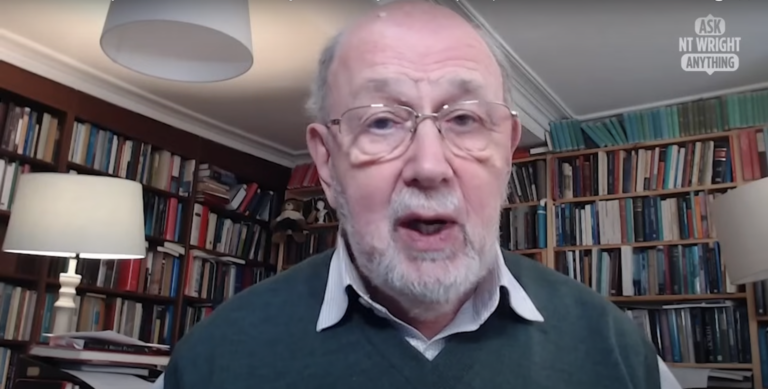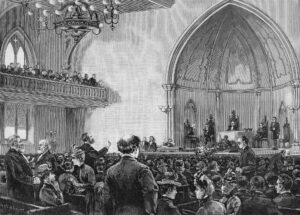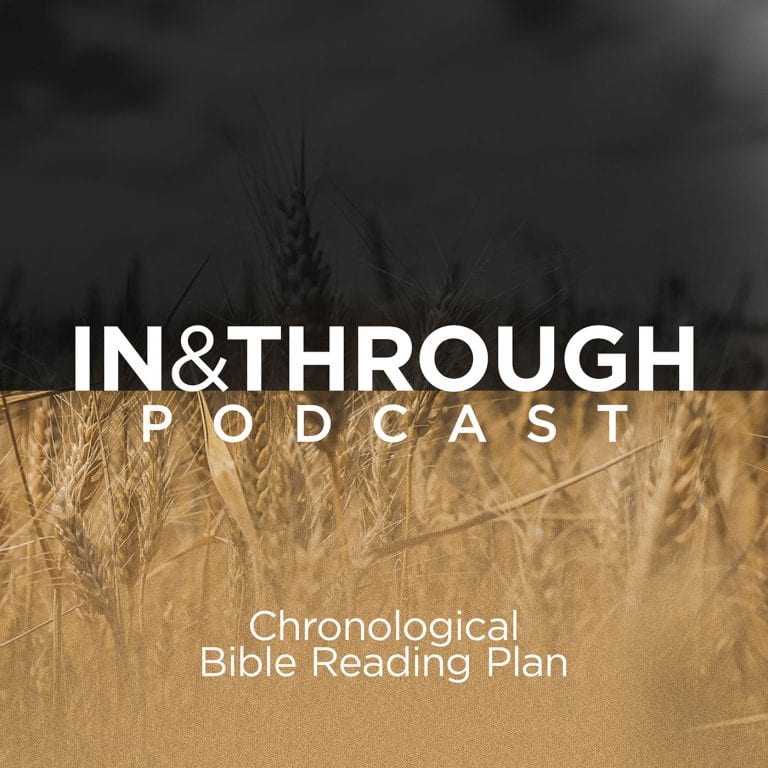Another classic, skeptical challenge to the biblical stories of the birth of Jesus, goes something like this, “Only someone who knows nothing about astronomy and physics would write as Matthew does (Matthew 2:1-12). Stars do not come down and settle on houses. If Matthew gets this scientific truth wrong, saying nonsense instead, how can anyone believe anything he writes? He is not credible.”
So, how have Christians responded to this challenge? Before giving my answer, I need to clarify that there have been several very different ways Christians have responded to this challenge. In this short article, I do not have the space to list them and provide the strengths and weaknesses of each. I will share four things that I believe are most helpful.
First, I agree that the biblical account cannot be explained naturalistically.
In other words, no comet, or juxtaposition of planets, can explain what Matthew wrote. According to Matthew: the star appears where it should not; it moves in unusual ways; it can only be seen by certain people; it appears and disappears; it leads the Magi to a particular house; it rests on the house. However, we need to be careful, this account does not necessarily show Matthew’s ignorance. The account would show Matthews ignorance if he was claiming to give a scientific account of what led the Magi to see Jesus as a young child. Matthew does not make that claim.
Most people in North America today can’t see the stars. When they can, they probably don’t look at them much. Other than a few astronomers, most of us would have no idea if something unusual was happening in the sky at night. Matthew wrote at a time when the night sky could be seen very clearly most nights, and it is reasonable to believe people looked at the sky. In other words, when he heard this story, he did not know astronomy, but he knew it is not the way things usually work.
Second, Matthew uses the language of observation, not science, and this is a strength, not a weakness.
If the biblical writers wrote scientifically, their writing would quickly go out of date, and would only get more laughably out of date with the passing of time. This will always be true as long as science advances. If you were to write about what a star is, in a couple of hundred years, readers would shake their heads in amazement about the quaint, old-fashioned, and disproven things you said about the stars. Matthew, like all of the biblical writers in both the Old and New Testament, uses observational language. This language can be precise and never goes out of date.
Matthew would have learned of the visit of the Magi primarily from Mary, although he might also have known people who had been in Herod’s Court or who had lived in Bethlehem at the time. Matthew was an eyewitness of Jesus’ public ministry, and he wrote when many eyewitnesses would have still been alive. Interestingly, the Magi were pagan astrologers. They would probably have had their own “astrological” theories to describe what they saw. Matthew strips that all away, and sticks to observational language.
Third, the word Matthew uses for “star” does not mean what we mean by “star”.
This follows up on the last point. Matthew could not possibly have known that a “star” is “an astronomical object of a luminous spheroid of plasma held together by its own gravity” (Wikipedia). In Matthew’s time, “star” effectively meant “that bright thing you see in the sky at night”. When Matthew uses the word star, he is using the right word for what the Magi saw. They saw a bright light in the sky where there should not be a bright light behaving in a way that was not natural.
Fourth, God granted a unique vision to the Magi to lead them to Jesus.
The novel “Saturn Run” is set about 50 years in the future. In the book, astronomers notice a new comet. They are excited at first, but then they are gobsmacked. The “comet” stops and stays in one spot. Comets do not do this. Nothing merely natural in nature does this. They know that this must be a very large object controlled by intelligence. The rest of the novel is about the race by different nations to go meet with this object and hopefully the intelligent creatures who made it. Something very similar happens in Matthew’s account of the visit of the Magi. The Magi were stargazers and astrologers. That was their vocation.
The Magi saw a “star” where there should not be a star. Like astronomers today, it was their vocation to observe the stars and know such things. They saw the “star” move in a way it should not move. They realized only they could see it. It moved at a camel’s pace and stopped when they stopped. We do not know the details, but between these odd phenomena, and a “word of knowledge” within, they knew they were to embark on a journey.
During their quest, they were led to understand that the star was revealing a special birth. They were to follow the “star” to its end. When the star disappeared, they asked local experts about the special baby who was the End of their quest. When the star re-appeared, once again only to them, they followed it to the End, where the “star” came to rest. What else can explain such a strange event, pagan astrologers from Persia come to pay homage to infant Jesus?
The Triune God led them to baby Jesus, the true End for all human beings; the true End of your longings and mine; the true “rest” and “dwelling” you were meant for.
























